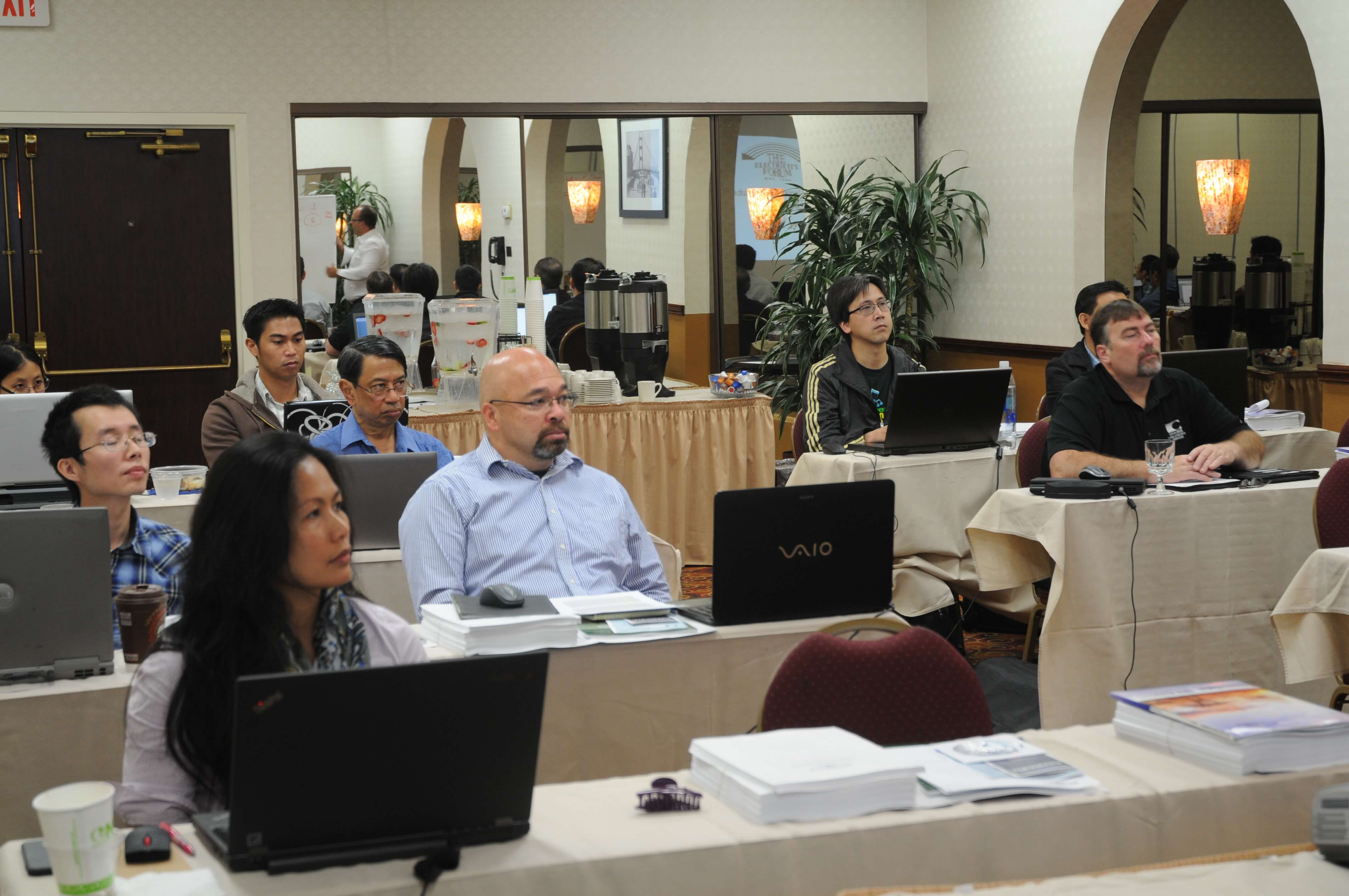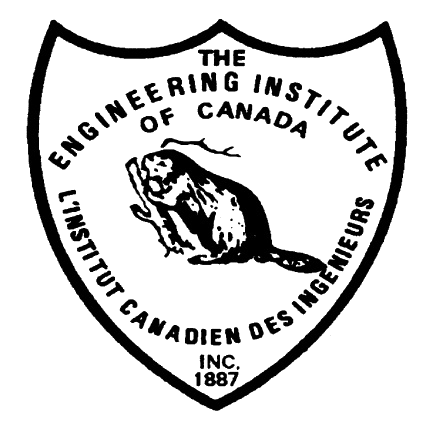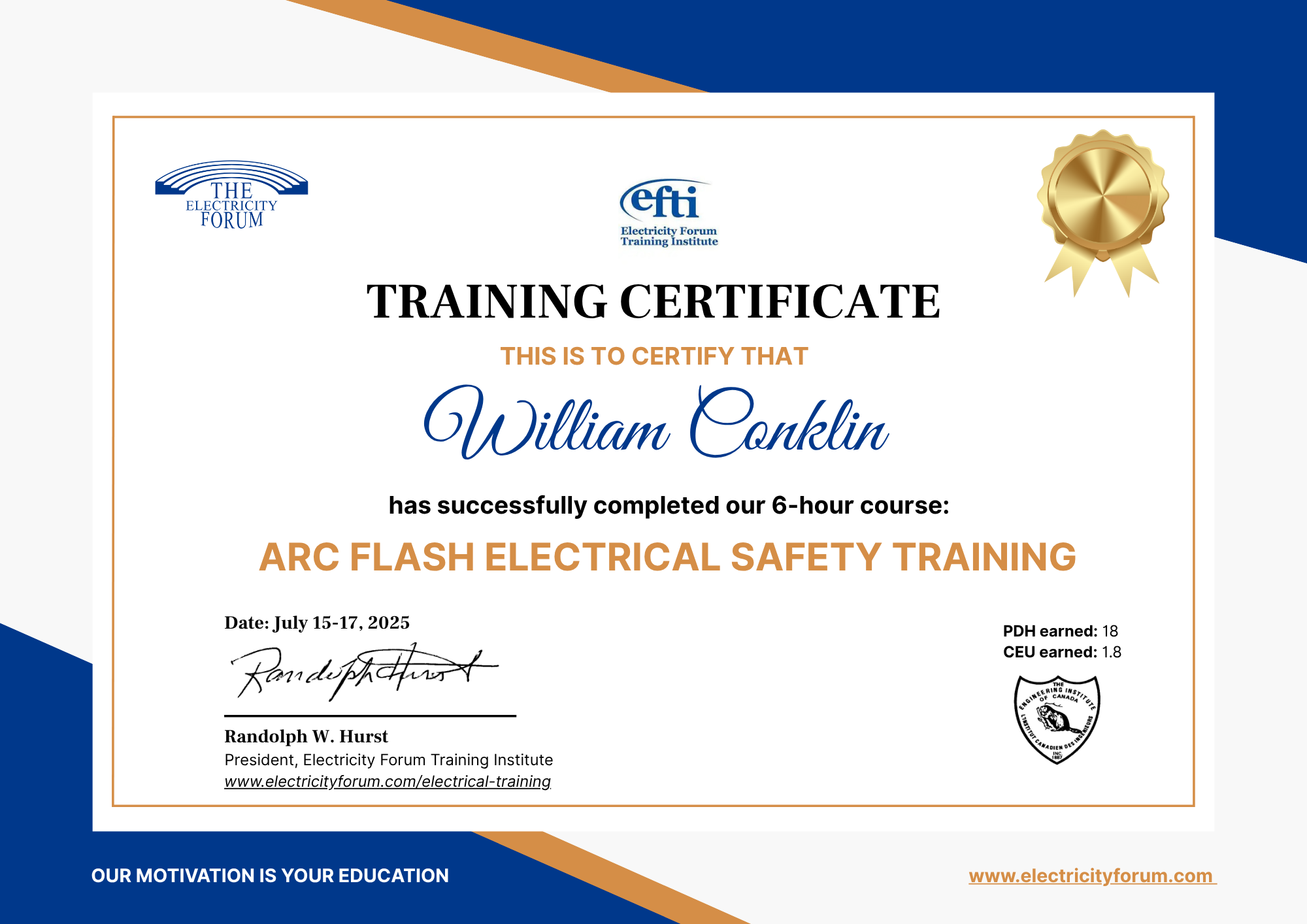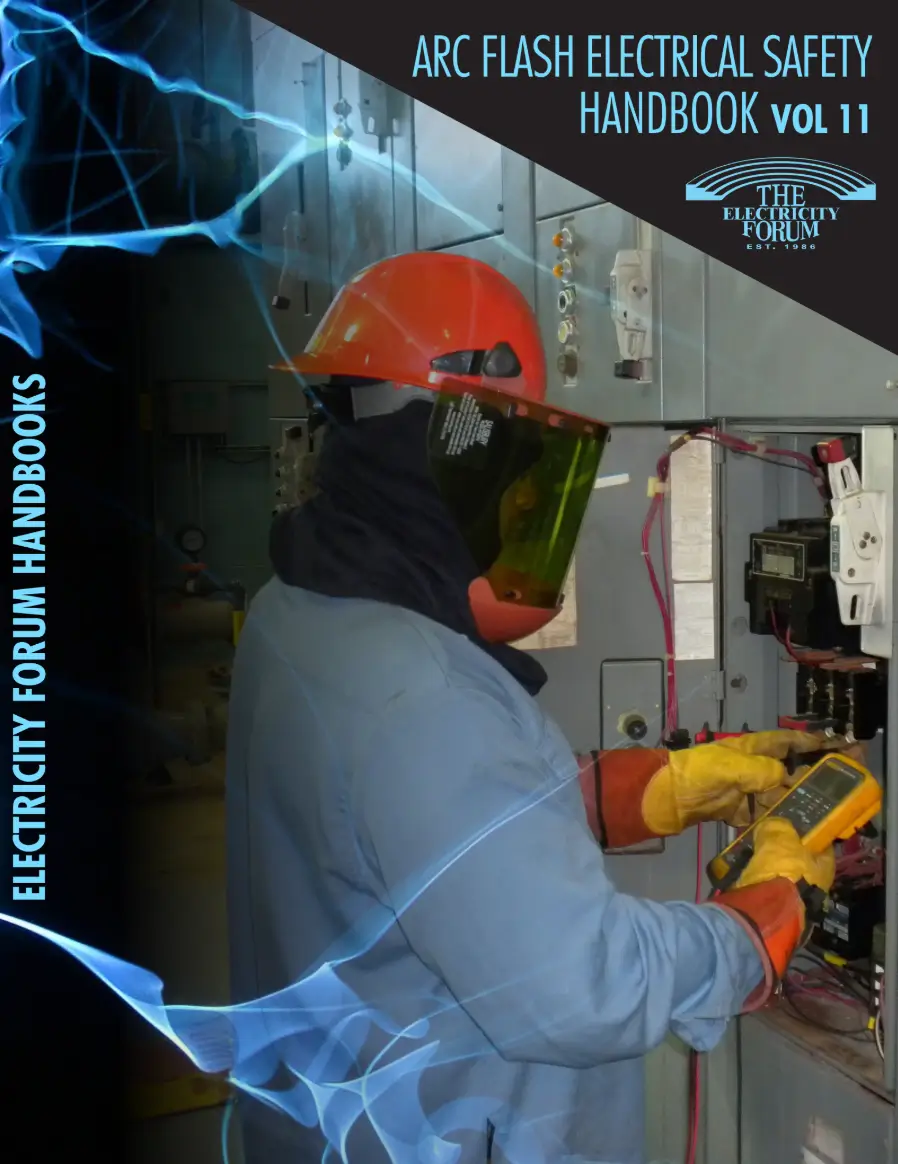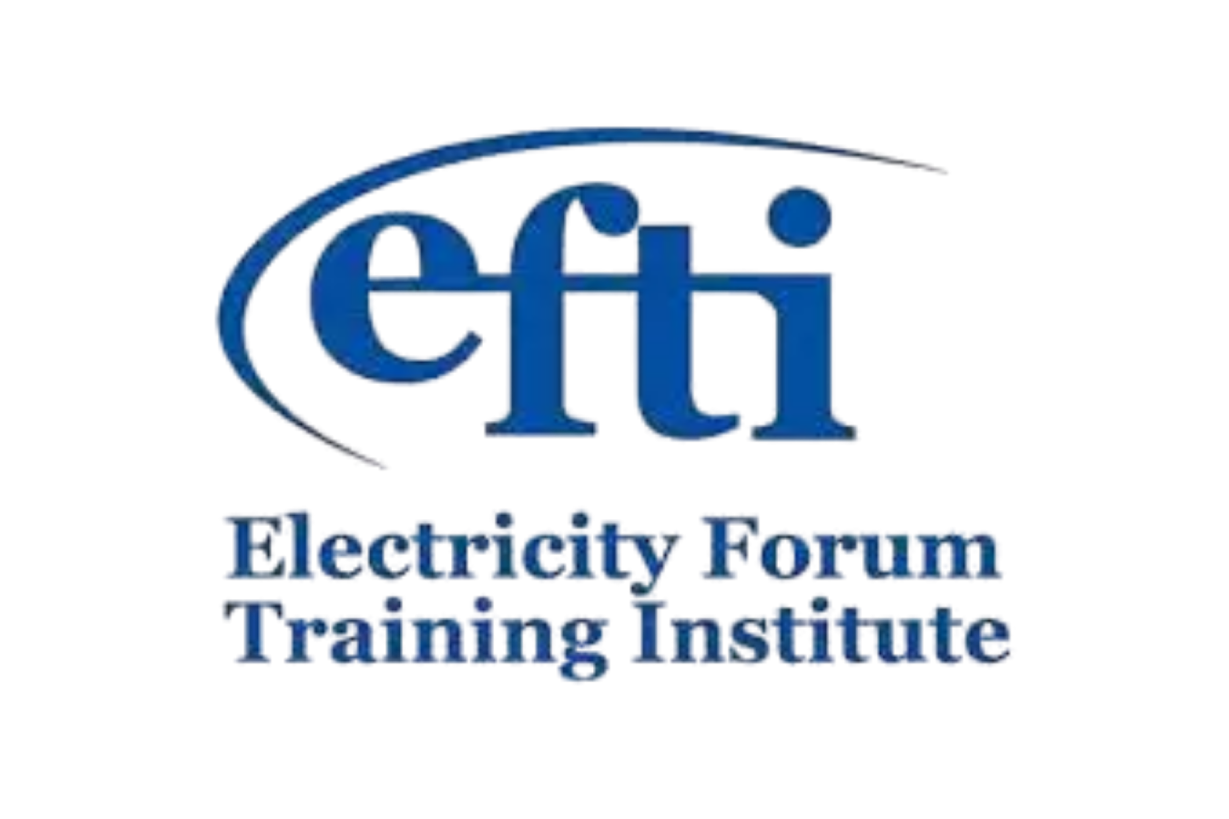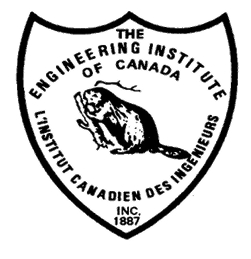Power Quality Troubleshooting and Problem Solving Training - Our 6-hour live online instructor-led training course covers the latest information about troubleshooting power quality problems.
Commercial and industrial companies are often faced with unexplained equipment malfunctions, equipment failures, or equipment interference problems. Our Power Quality Troubleshooting and Problem Solving couse is designed to teach a method to troubleshoot various power quality problems and to learn how to extract meaningful information from wave forms and power quality data.
This 6-hour instructor-led course identifies many different power quality problems and explains a six-step process to understand the root cause and solve the problems. It also shows many waveform signatures and reveals the power quality problem associated with each of these.
Upon completion of this course, participants will have knowledge of the techniques they can employ to identify causes of power quality problems within a facility. They should also be able to recognize specific disturbances in the voltage or current wave forms.
This course applies to facility electrical maintenance personnel as well as for power quality engineers serving either industrial or commercial environments. For the maximum benefit of this course, participants should have a basic understanding of electrical systems, equipment, and measurement device.
Power Quality Troubleshooting is a systematic process of finding and eliminating problems. To the untrained eye, power quality problems in industrial, commercial and instutional power systems may not be recognizable as typical "power quality" problems. For example, a tripped thermal-magnetic circuit breaker typically indicates a short circuit, ground fault, or overload. When no immediate problem is apparent, it may be written off as s "just an old breaker that needs replacing."
Instead, a well-trained power quality technician might be able to recognize that he or she should look at the types of loads on the system and monitor for harmonics and hence should monitor for unbalance.
Knowing and recognizing the most common power quality symptoms and learning how to effectively troubleshoot them is a first step in solving power quality issues. That is the focus of this in-depth 6-hour course.
Related Courses
Power Quality Analysis Training
Power Quality and Harmonics Training
Power Quality in Motor Control Applications
Power Factor Correction Training
Power Quality Considerations for Energy Efficiency Retrofits






